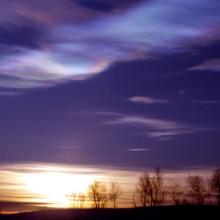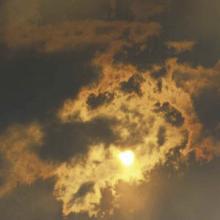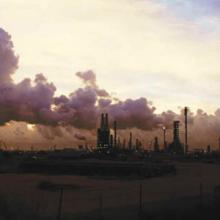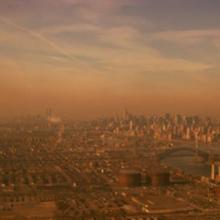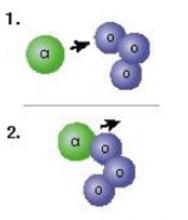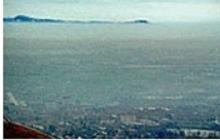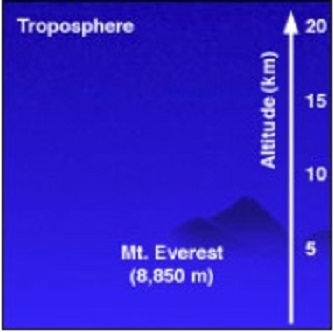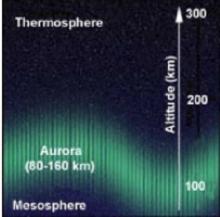Oxygen (O) (and molecular oxygen (O2)) is the second most abundant species in the atmosphere. The abundance of O2 remains fairly constant in the atmosphere up to about 80km where it photodissociates to atomic oxygen. Atomic oxygen is formed from the photolysis of molecular oxygen (O2), ozone (O3), or nitrogen dioxide (NO2) in the atmosphere. Below about 40 km, atomic oxygen recombines with O2 to form ozone. Above 40 km, oxygen can participate in other chemical reactions that cause the destruction of ozone.
Definition source: American Meteorological Society
